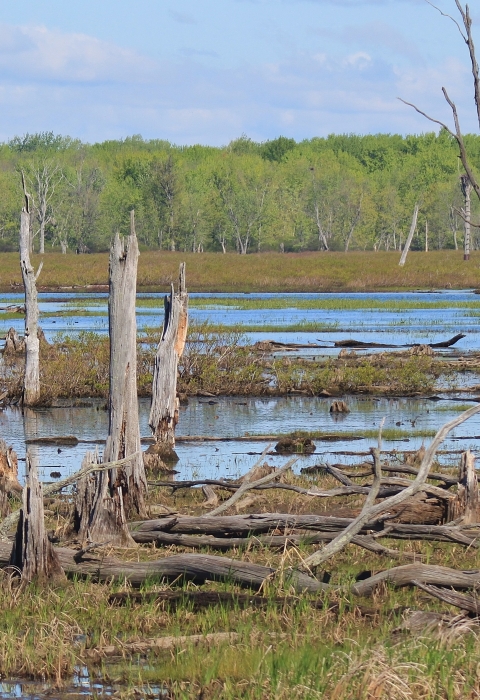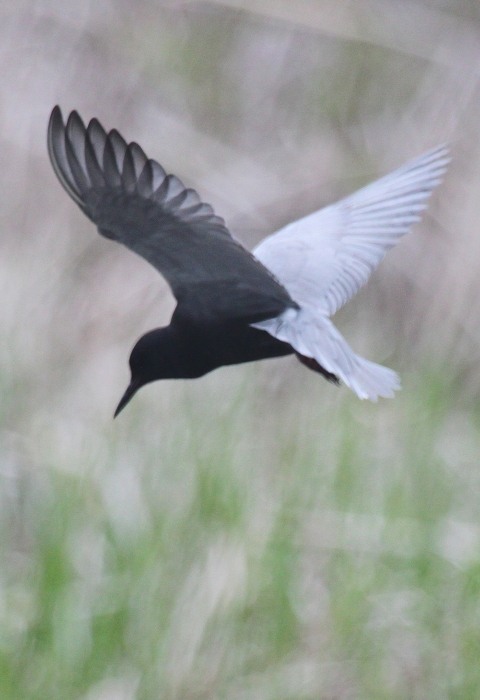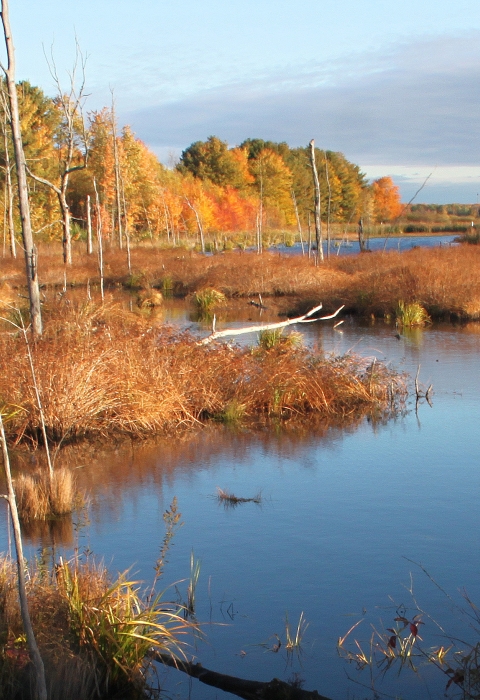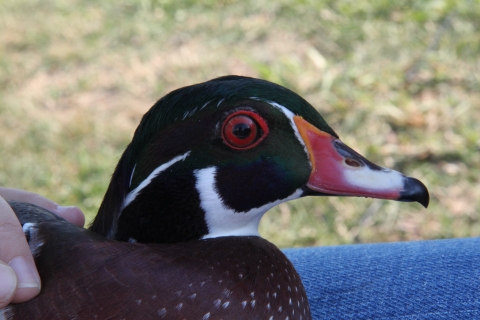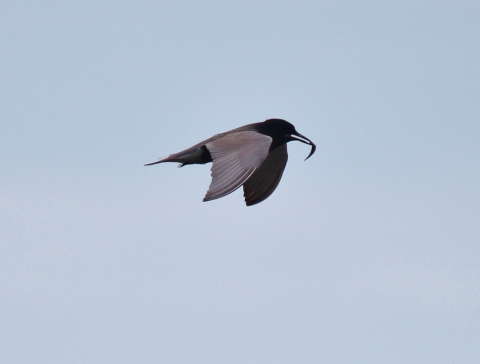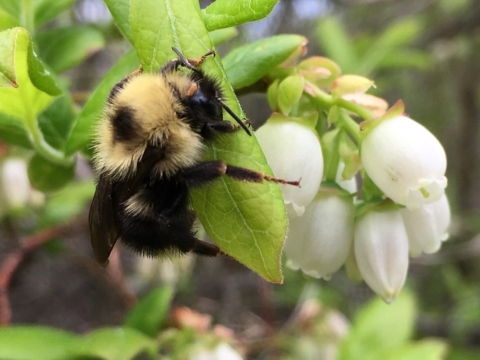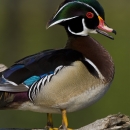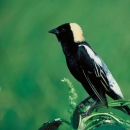Visit Us
The Missisquoi National Wildlife Refuge has 5 public use trails for pedestrian access to refuge habitats and two boat ramps to explore the Missisquoi River and Lake Champlain. Trails are open year round from dawn to dusk with the exception of the Jeep Trail which is closed from April - August to protect migratory birds. Our Visitor's Center is located on Tabor Road, 6 miles west of Swanton, Vermont. Trial heads are located off of state route 78 and Tabor Road. See our trail map for details.
Location and Contact Information
About Us
The Missisquoi National Wildlife Refuge was established in 1943 to provide habitat for migratory birds. It consists of 6,729 acres, mostly wetland habitats, which support a variety of migratory birds and other wildlife.
What We Do
Missisquoi is one of more than 560 refuges in the National Wildlife Refuge System administered by the U.S. Fish and Wildlife Service. The National Wildlife Refuge System is a network of lands and waters managed specifically for the protection of wildlife and wildlife habitat and represents the most comprehensive wildlife resource management program in the world.
Our Species
Missisquoi hosts the largest concentration of waterfowl on Lake Champlain. Wood ducks, mallards, green-winged teal and ring-neck ducks are some of the most abundant species.
Missisquoi NWR manages grassland habitats for species like bobolink, meadowlark and Savannah sparrows. Other species like American bitterns and Wilson's snipe also breed in these fields during summer months.
The vast wetlands on the refuge provide year round habitat for a variety of reptiles and amphibians. The northern population of the state threatened spiny soft shelled turtle spends the spring and summer using the Missisquoi River and other refuge wetlands.
Many birders visit the refuge in pursuit of the elusive black tern, an state listed endangered species. Nesting in floating mats in black terns are sensitive to fluctuating water levels and human disturbance. It is no mistake that the entire state's breeding population utilizes the refuge's sanctuary wetland areas to nest and raise their young.
A variety of pollinator species find refuge in standing grasslands and shrublands at Missisquoi. Providing late season wildflowers is important as most area grasslands are managed for hay and cut early and often eliminating the important foraging habitat for these species. At least 13 species of bumblebee have been documented on the refuge including the Fernald's Cuckoo Bumblee.
Get Involved
The Friends of Missisquoi National Wildlife Refuge is a 501 (c)(3) not for profit organization which directly supports the mission of the Missisquoi National Wildlife Refuge. The Friends provide opportunities to engage in wildlife observation and education through monthly bird walks, seasonal wildlife presentations and events. You can learn more about the refuge's Friends Group at their website: https://friendsofmissisquoi.org/
Projects and Research
Missisquoi National Wildlife Refuge lies on the eastern shore of Lake Champlain, near the Canadian border in Franklin County, Vermont. The refuge protects and manages one of the most significant wetland complexes on Lake Champlain.
Much of the work of the Missisquoi NWR revolves around maintaining and protecting the biological diversity and environmental health of the vast wetland habitats on the Missisquoi Delta. The refuge manages habitat specifically for migratory birds, particularly fall migrating waterfowl. Sanctuary habitats provide secure and secluded nesting areas for the state's only population of black terns, a state endangered species. We manage grasslands for nesting grassland bird species such as bobolink, meadowlark and Savannah sparrows. Monitoring and controlling invasive plant species is vital to ensure the continued integrity of refuge habitats and their ability to provide quality habitat to migratory and resident wildlife.
Increasing attention is paid to how refuge habitats support pollinator species. Surveys have documented a rich assemblage of native bumblebees including several rare in Vermont. Future research will consider how these habitats can be managed to support both native pollinators as well as the variety of migratory grassland birds.
The refuge also provides all six of the refuge system's priority public uses: hunting, fishing, wildlife observation, education, interpretation and photography. A network of trails provide access to many of the refuge's diverse habitats.
